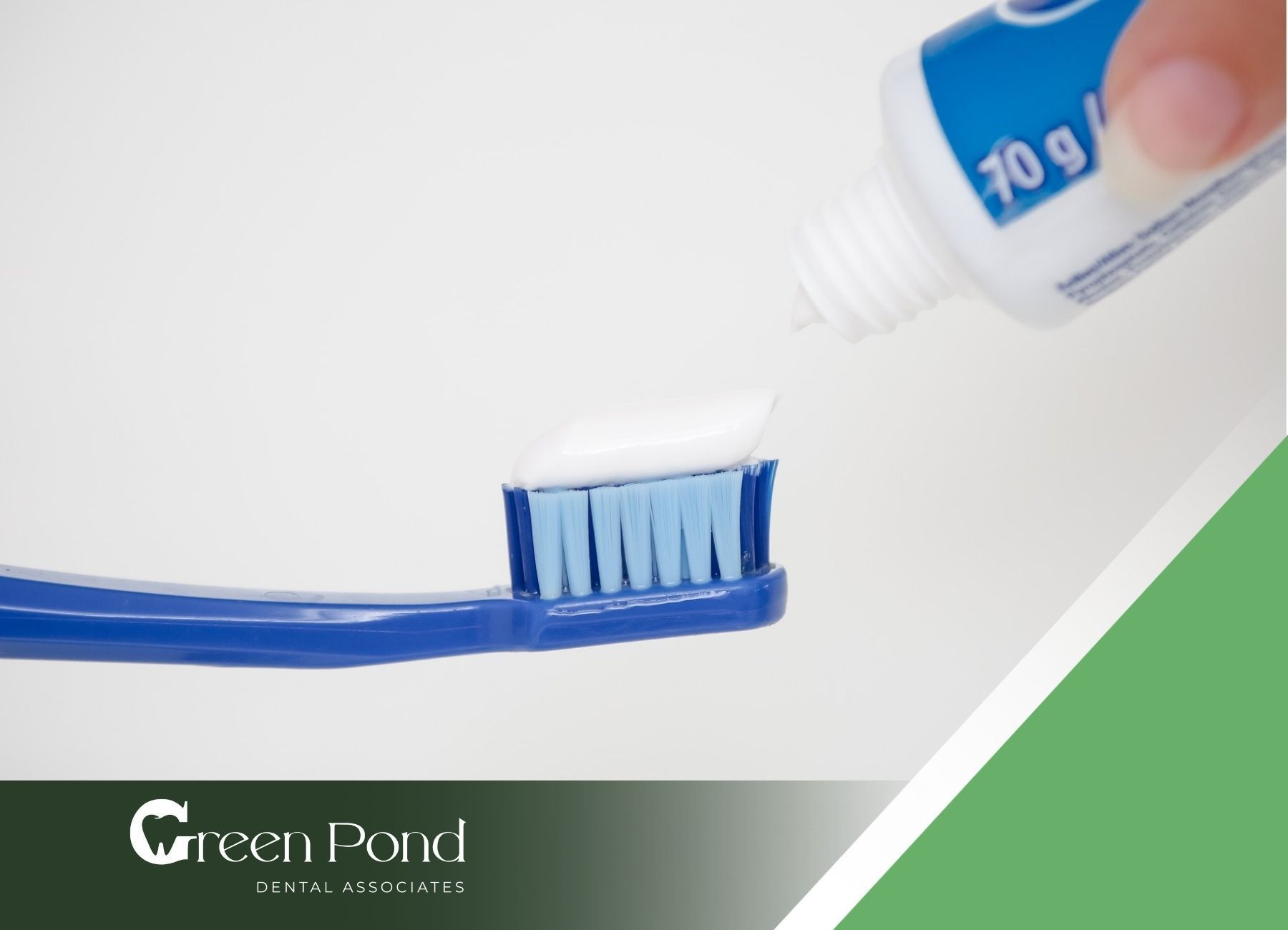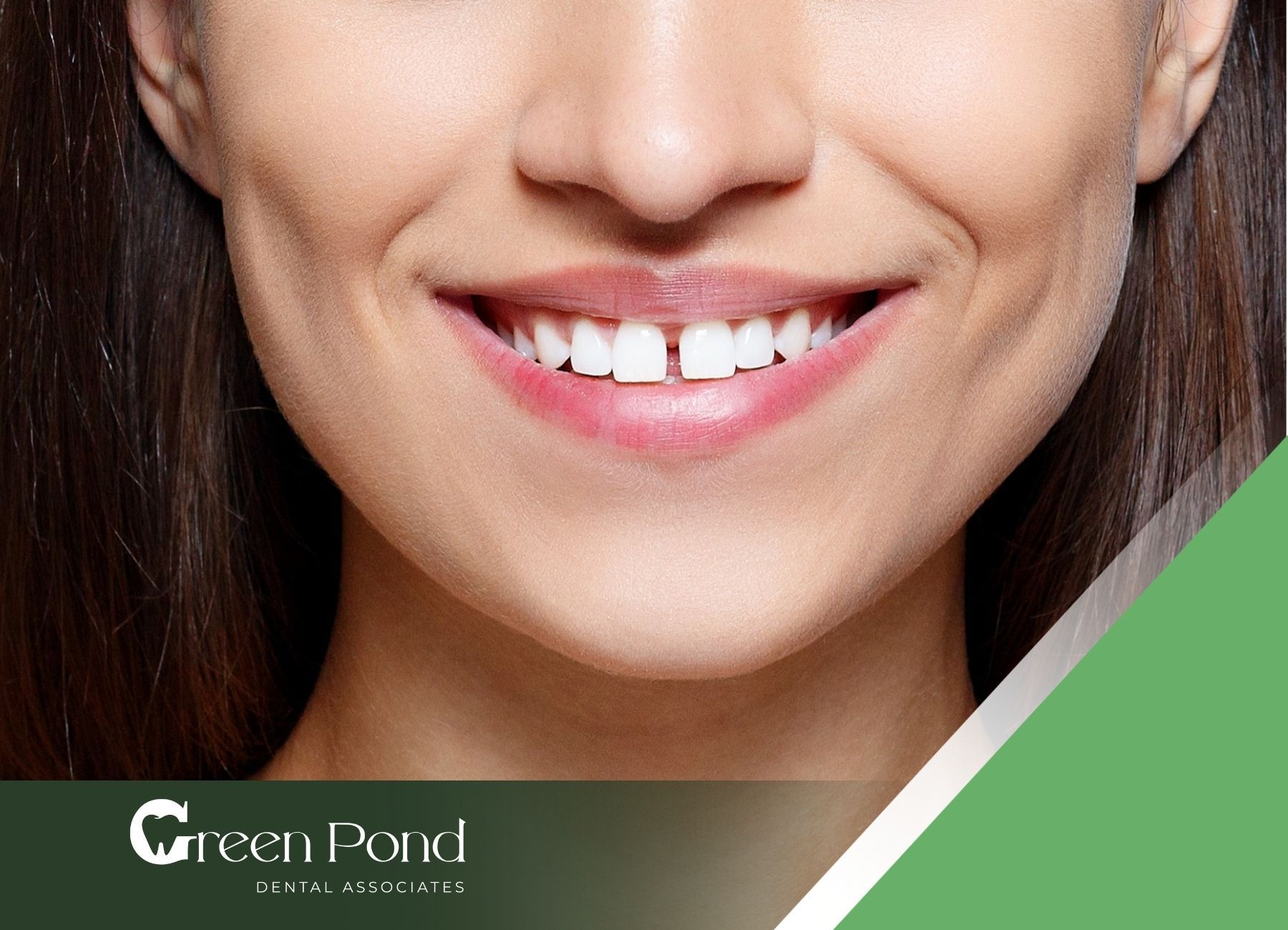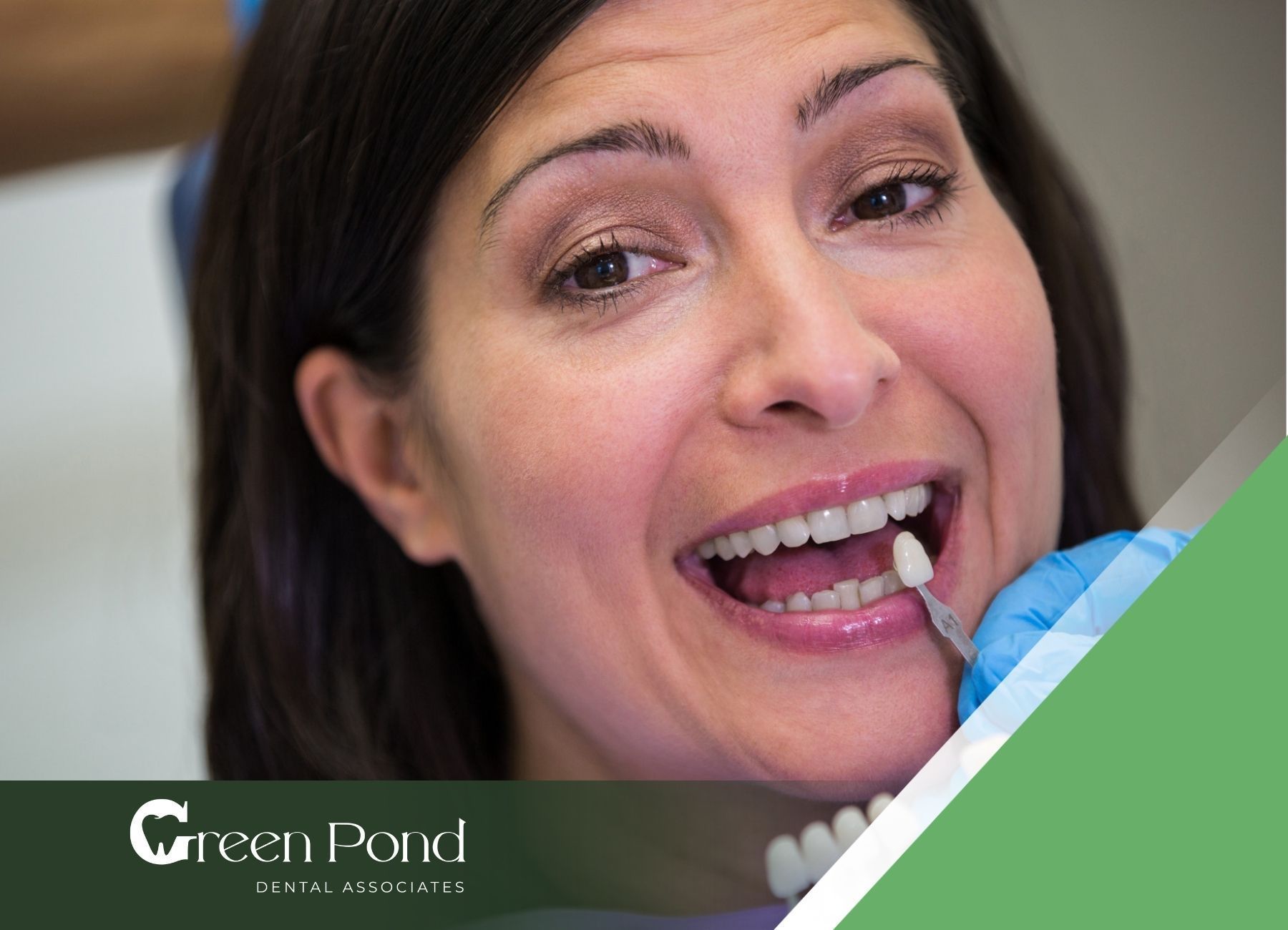10 Simple Steps to Floss Your Teeth Properly
Flossing is a critical part of maintaining oral health, yet it’s often overlooked or done incorrectly. Proper flossing removes plaque and food particles that brushing alone cannot reach, helping to prevent gum disease and cavities. In this listicle, we’ll guide you through 10 simple steps to floss your teeth properly, ensuring that your smile stays healthy and bright.
1. Choose the Right Floss
The first step to effective flossing is selecting the right type of floss. There are several options available, including:
Waxed Floss
Easier to slide between tight teeth.
Unwaxed Floss
Thinner and might be more challenging to use but is effective for people with more space between their teeth.
Dental Tape
Broader and flatter, making it ideal for people with wider gaps between their teeth.
Floss Picks
Handy for those who struggle with traditional floss, especially kids and those with limited dexterity.
Choose the type that feels most comfortable and fits your specific needs. For most people, waxed floss or dental tape offers the best combination of comfort and effectiveness.
2. Use the Right Amount of Floss
Don’t skimp on the floss! You’ll need about 18 inches, or roughly the length of your arm from elbow to fingertip. This might seem like a lot, but using this amount allows you to have a clean section of floss for each tooth.
Wind the majority of the floss around your middle fingers, leaving about 1-2 inches of floss between them. This small section will be what you use to floss each tooth.
3. Grip the Floss Properly
Hold the floss tightly between your thumbs and index fingers. This grip will give you the control you need to maneuver the floss between your teeth. Be sure to leave enough slack so you can use a fresh section of floss as you move from tooth to tooth.
4. Guide the Floss Gently Between Your Teeth
Avoid snapping the floss down into your gums, as this can cause irritation or even damage the gum tissue. Instead, use a gentle back-and-forth motion to guide the floss between your teeth. Once the floss is past the contact point, curve it into a C-shape around one tooth.
5. Use a C-Shape to Clean Each Tooth
The key to effective flossing is the C-shape technique. After guiding the floss between your teeth, curve it around the base of one tooth in a C-shape. This allows the floss to reach below the gumline, where plaque often hides.
Slide the floss up and down against the tooth’s surface, making sure to reach under the gumline. This helps remove any trapped food particles or plaque that brushing might miss.
6. Move to a Clean Section of Floss
As you move from tooth to tooth, it’s crucial to use a clean section of floss for each one. After cleaning one side of a tooth, unwind fresh floss from your middle fingers and wind the used floss onto the opposite finger. This prevents the spread of plaque and bacteria from one tooth to another.
7. Don’t Forget the Back Teeth
It’s easy to overlook the back teeth when flossing, but they are just as important as the front ones. Use the same gentle back-and-forth motion to guide the floss between your molars. Be sure to curve the floss around each side of the back teeth and clean thoroughly.
8. Rinse Your Mouth After Flossing
After you’ve finished flossing, rinse your mouth with water or mouthwash. This helps wash away any dislodged food particles and plaque, leaving your mouth feeling clean and fresh.
9. Floss Once a Day
Consistency is key when it comes to flossing. Aim to floss at least once a day, ideally before brushing your teeth at night. This routine helps prevent plaque buildup and keeps your gums healthy.
10. Consider Supplemental Tools
If flossing alone isn’t enough, consider using supplemental tools like an interdental brush or a water flosser. Interdental brushes can reach spaces that regular floss might miss, while water flossers use a stream of water to clean between teeth and along the gumline. These tools can be especially beneficial for people with braces or dental implants.
Conclusion
Flossing is a simple yet powerful tool in maintaining your oral health. By following these 10 steps, you can ensure that you’re flossing correctly and effectively, keeping your teeth and gums healthy for years to come. Remember, flossing should be a regular part of your daily routine, just like brushing.
At Green Pond Dental, we’re committed to helping you achieve optimal oral health. If you have any questions about your flossing technique or need personalized advice, don’t hesitate to reach out to our friendly team. We’re here to support you every step of the way, ensuring that your smile stays bright and healthy. Visit us at Green Pond Dental to learn more about our services and how we can help you maintain your best oral health.
FAQs
How often should I floss my teeth?
You should floss at least once a day to remove plaque and food particles that can cause cavities and gum disease.
Is it better to floss before or after brushing?
It’s generally recommended to floss before brushing to loosen plaque and debris, allowing your toothbrush to remove more effectively.
Can flossing too hard damage my gums?
Yes, flossing too aggressively can damage your gums. Use a gentle motion and avoid snapping the floss between your teeth to prevent irritation.










